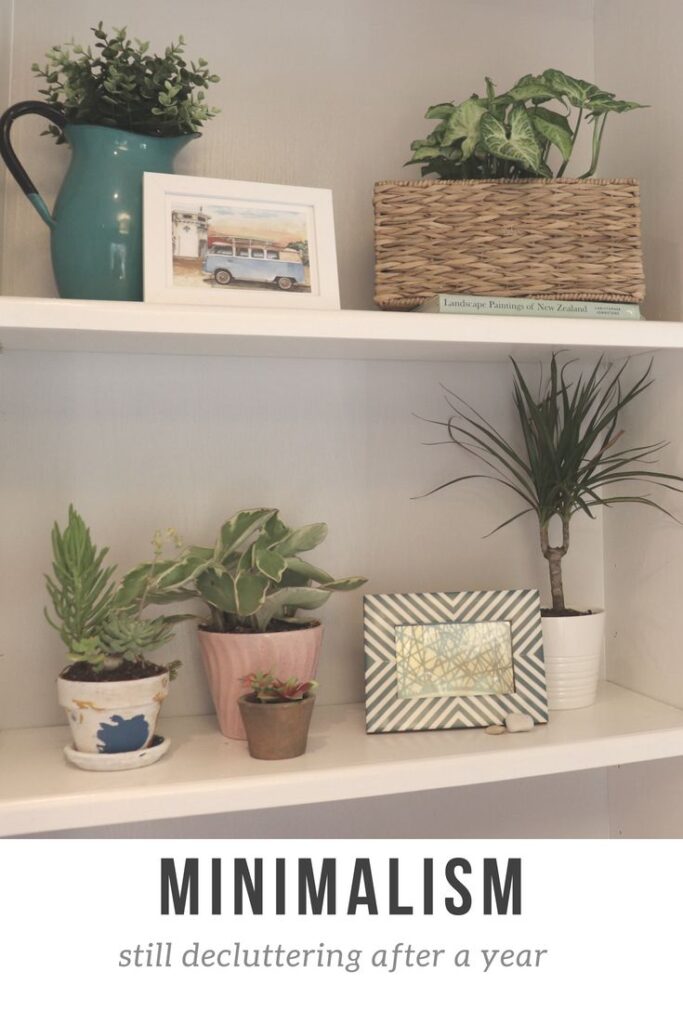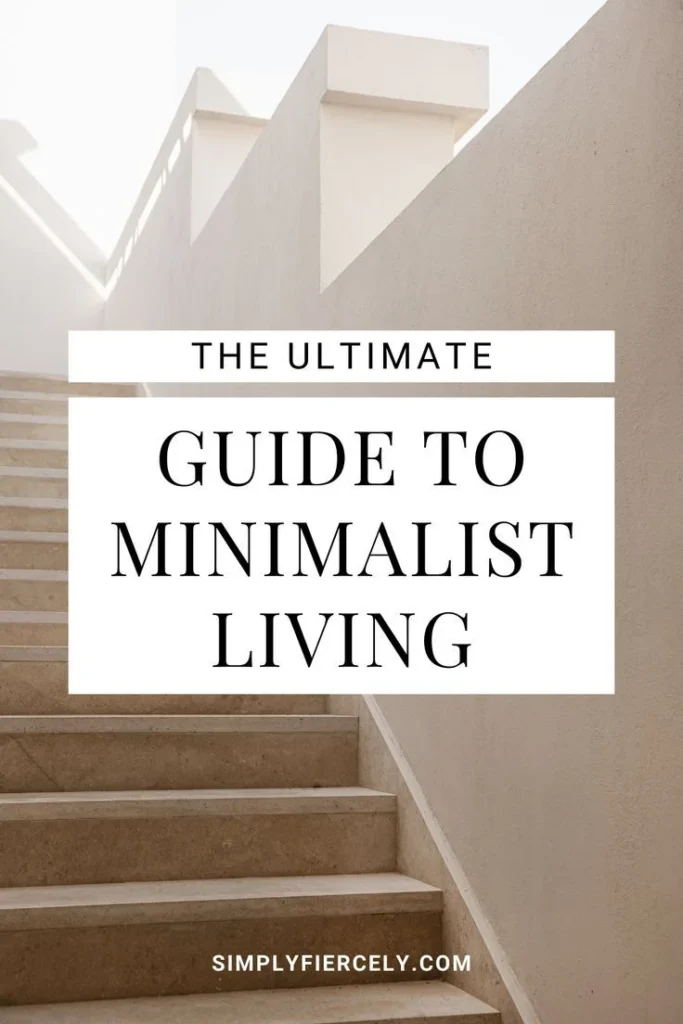In today’s fast-paced world, the concept of minimalist living has gained immense popularity as individuals seek to simplify their lives and create a more serene environment. “Minimalist Living: How To Declutter Your Space” is not just about getting rid of excess belongings; it’s a lifestyle choice that promotes mindfulness and intentionality. By embracing minimalism, you can transform your home into a sanctuary that reflects your values and priorities, allowing you to focus on what truly matters.
Throughout this article, you will discover practical tips and strategies for decluttering your space effectively. We will explore the psychological benefits of minimalism, including reduced stress and increased clarity, as well as the environmental impact of living with less. You will learn how to assess your belongings, make informed decisions about what to keep, and implement sustainable decluttering practices that can lead to lasting change.
Additionally, we will provide insights into organizing your space in a way that enhances functionality and aesthetics. From creating a minimalist wardrobe to optimizing your living areas, each section will guide you toward a more organized and peaceful home. So, if you’re ready to embark on a journey toward a clutter-free lifestyle, keep reading to unlock the secrets of minimalist living and discover how to declutter your space effectively!
Understanding Minimalism
Minimalism is more than just a design aesthetic; it is a lifestyle choice that emphasizes simplicity and intentionality. By understanding the core principles of minimalism, individuals can begin to appreciate the benefits of decluttering their spaces. This approach encourages people to focus on what truly matters, allowing them to let go of excess possessions that do not serve a purpose in their lives.
At its essence, minimalism promotes the idea that less is more. By reducing physical clutter, individuals can create a more peaceful and organized environment. This not only enhances the visual appeal of a space but also contributes to mental clarity and emotional well-being. Embracing minimalism can lead to a more fulfilling life, free from the distractions of material possessions.
The Benefits of Decluttering
Decluttering offers numerous benefits that extend beyond just having a tidy space. One of the most significant advantages is the reduction of stress and anxiety. A cluttered environment can be overwhelming, making it difficult to focus and relax. By decluttering, individuals can create a serene atmosphere that promotes calmness and productivity.
Additionally, decluttering can lead to improved time management. When everything has its place, finding items becomes easier and quicker. This efficiency can free up valuable time that can be spent on more meaningful activities. Furthermore, decluttering can also foster a sense of accomplishment and empowerment, as individuals take control of their living spaces and make conscious choices about what to keep and what to let go.
Steps to Start Decluttering
Starting the decluttering process can feel daunting, but breaking it down into manageable steps can make it more approachable. Begin by setting clear goals for what you want to achieve. This could involve decluttering a specific room or focusing on a particular category of items, such as clothing or books.
Next, implement the “one in, one out” rule, which encourages you to remove one item for every new item you bring into your home. This practice helps maintain a balance and prevents future clutter. Additionally, consider using the “four-box method,” where you label boxes as “keep,” “donate,” “sell,” and “trash.” This method provides a structured way to evaluate each item and make decisions about its future.
Creating a Decluttering Schedule
Establishing a decluttering schedule can help maintain momentum and ensure that the process does not become overwhelming. Start by dedicating specific time slots each week to focus on decluttering tasks. This could be as little as 15 minutes a day or a few hours on the weekend, depending on your availability.
To keep things organized, consider creating a checklist of areas to tackle. This could include rooms, closets, or even digital spaces like your computer files. By breaking the process into smaller tasks, you can celebrate small victories along the way, making the overall journey more enjoyable and less stressful.
Maintaining a Minimalist Space
Once you have successfully decluttered your space, the next challenge is maintaining that minimalist environment. Regularly reassess your belongings and be mindful of new purchases. Adopting a minimalist mindset means continually evaluating what you truly need and what adds value to your life.
Incorporating routines, such as a monthly decluttering session, can help keep your space organized. Additionally, consider implementing storage solutions that promote visibility and accessibility, making it easier to maintain a clutter-free environment. Remember, minimalism is an ongoing journey, and staying committed to your goals will help you enjoy the benefits of a simplified life.
The Emotional Aspect of Decluttering
Decluttering is not just a physical process; it also has significant emotional implications. Many people form attachments to their belongings, which can make it challenging to let go. Understanding the emotional aspect of decluttering can help individuals navigate this process more effectively.
It is essential to recognize that letting go of items does not mean losing memories. Instead, consider taking photos of sentimental items before parting with them. This allows you to preserve the memory without the physical clutter. Additionally, practicing gratitude for the items you choose to keep can enhance your appreciation for them, fostering a more intentional relationship with your belongings.
| Step | Description |
|---|---|
| 1. Set Clear Goals | Define what you want to achieve with decluttering. This could be a specific room or a general sense of peace in your home. |
| 2. Start Small | Begin with a small area, such as a drawer or a corner of a room, to avoid feeling overwhelmed. |
| 3. Sort Items | Use the “Four-Box Method”: Keep, Donate, Trash, and Relocate. This helps in making decisions about each item. |
| 4. Be Ruthless | Ask yourself if each item is necessary or brings you joy. If not, consider letting it go. |
| 5. Organize What You Keep | Find a designated place for each item you decide to keep. Use storage solutions that fit your space. |
| 6. Establish a Routine | Set aside time regularly to reassess your belongings and maintain a clutter-free environment. |
| 7. Embrace Minimalism | Adopt a minimalist mindset by being mindful of new purchases and focusing on quality over quantity. |



